In the circular economy, recycling is crucial to reducing the waste mountain. Recycling waste and making new materials with it is definitely a good thing for this circular economy. At Campine, however, we go a step further. We continually invest in innovative measures to reduce our ecological footprint and in additional ecological projects as a way of proactively stimulating biodiversity around our company.
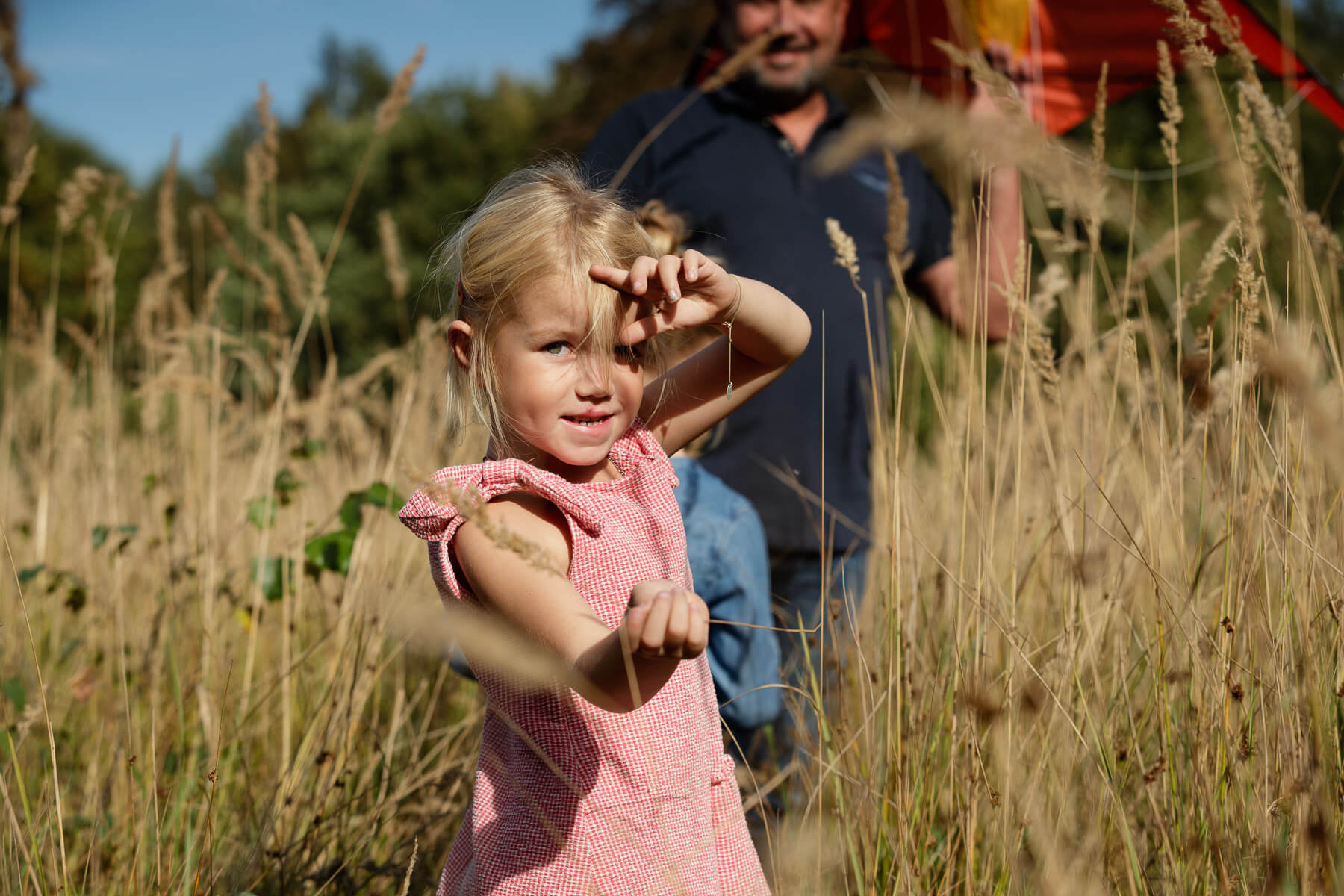
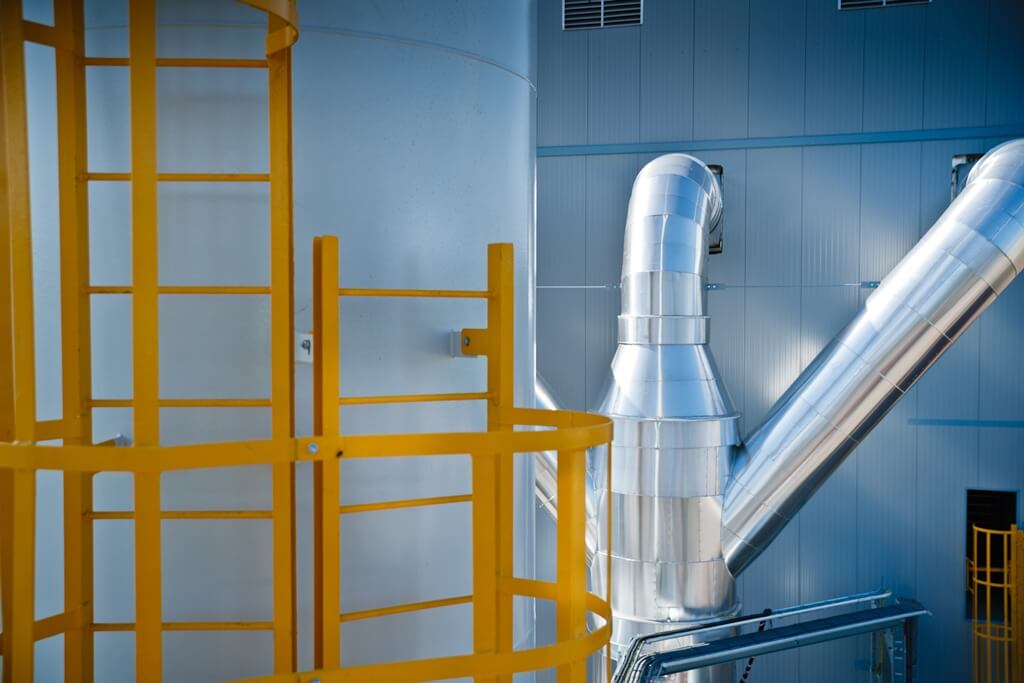
Our positive impact on the environment
Through sustainable waste management and the recycling of raw materials, we both reduce waste and prevent toxic chemicals and heavy metals from getting into the environment. We also invest on an ongoing basis in additional measures to keep safety and environmental risks to a strict minimum and actually make a positive contribution to the environment.
Dust emissions and water policy
We continuously monitor emissions in the immediate vicinity of the company with specialised measuring equipment, so as to protect the local area from any nuisances associated with our economic activity. Our highly effective filter systems keep our emission values well below the legally prescribed emission standards.
Also, as a part of our sustainable waste management, we harvest rainwater as much as possible and recover our wastewater. After purification, wastewater is reused as cooling water for production and to spray the grounds to prevent dust formation. Our residual water discharge rate of 20% is well below the permitted level, and our buffer basins reduce the risk of flooding.
Also, as a part of our sustainable waste management, we harvest rainwater as much as possible and recover our wastewater. After purification, wastewater is reused as cooling water for production and to spray the grounds to prevent dust formation. Our residual water discharge rate of 10% is well below the permitted level, and our buffer basins reduce the risk of flooding.
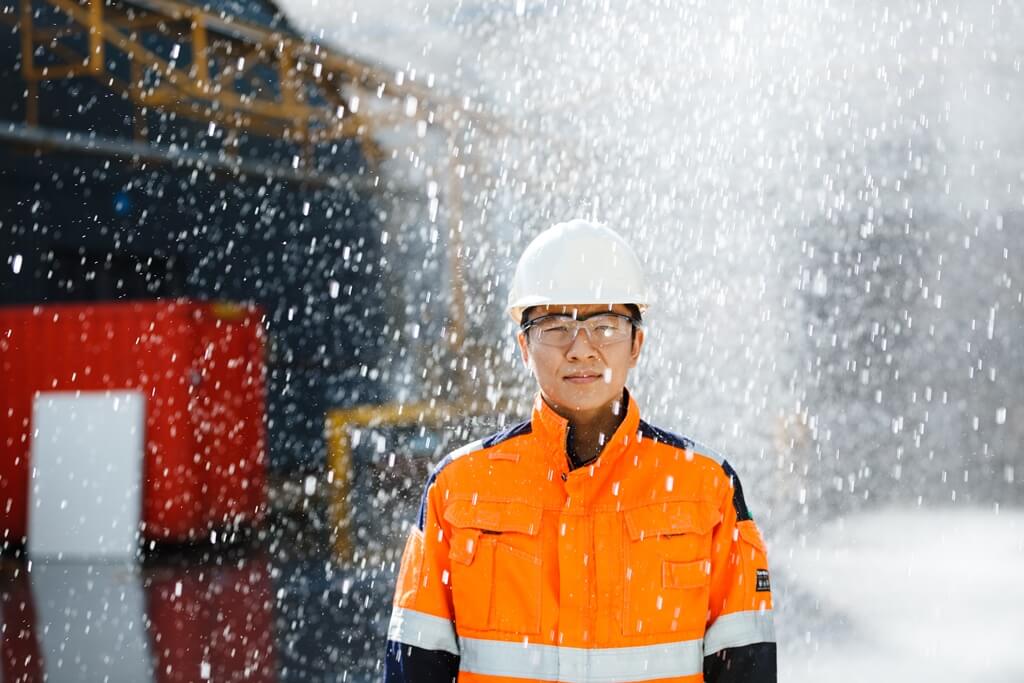
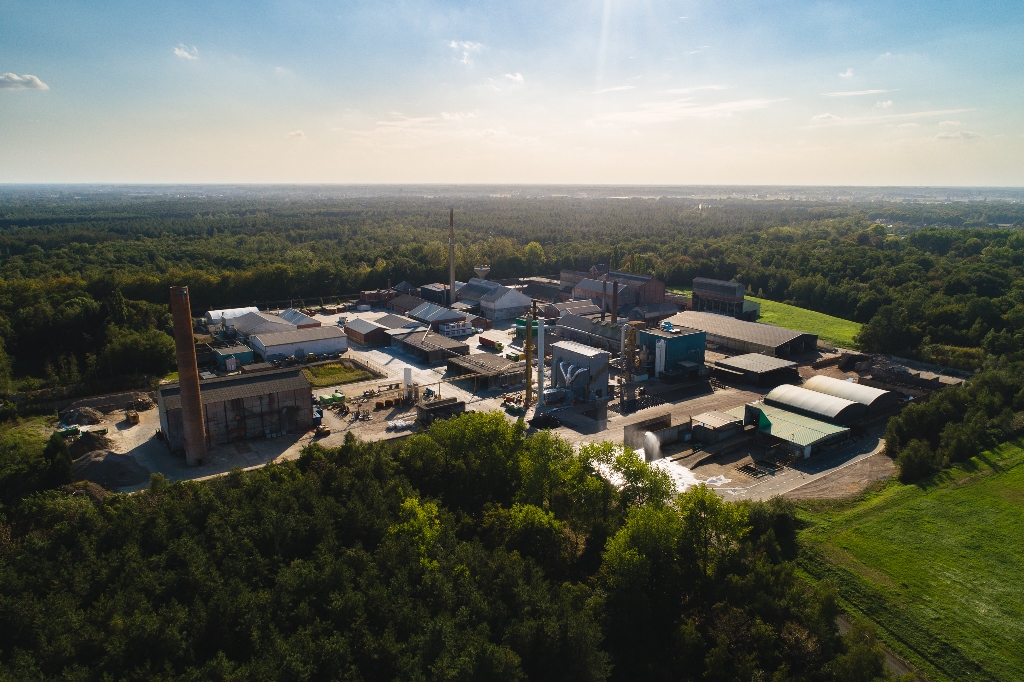
Increasing biodiversity through the 2B Connect project
Campine is involved in the 2B Connect project (financed by the European Regional Development Fund), which aims to increase biodiversity on industrial estates in the Belgium-Netherlands border region. Campine is one of the 23 partners in 2B Connect cluster B3.
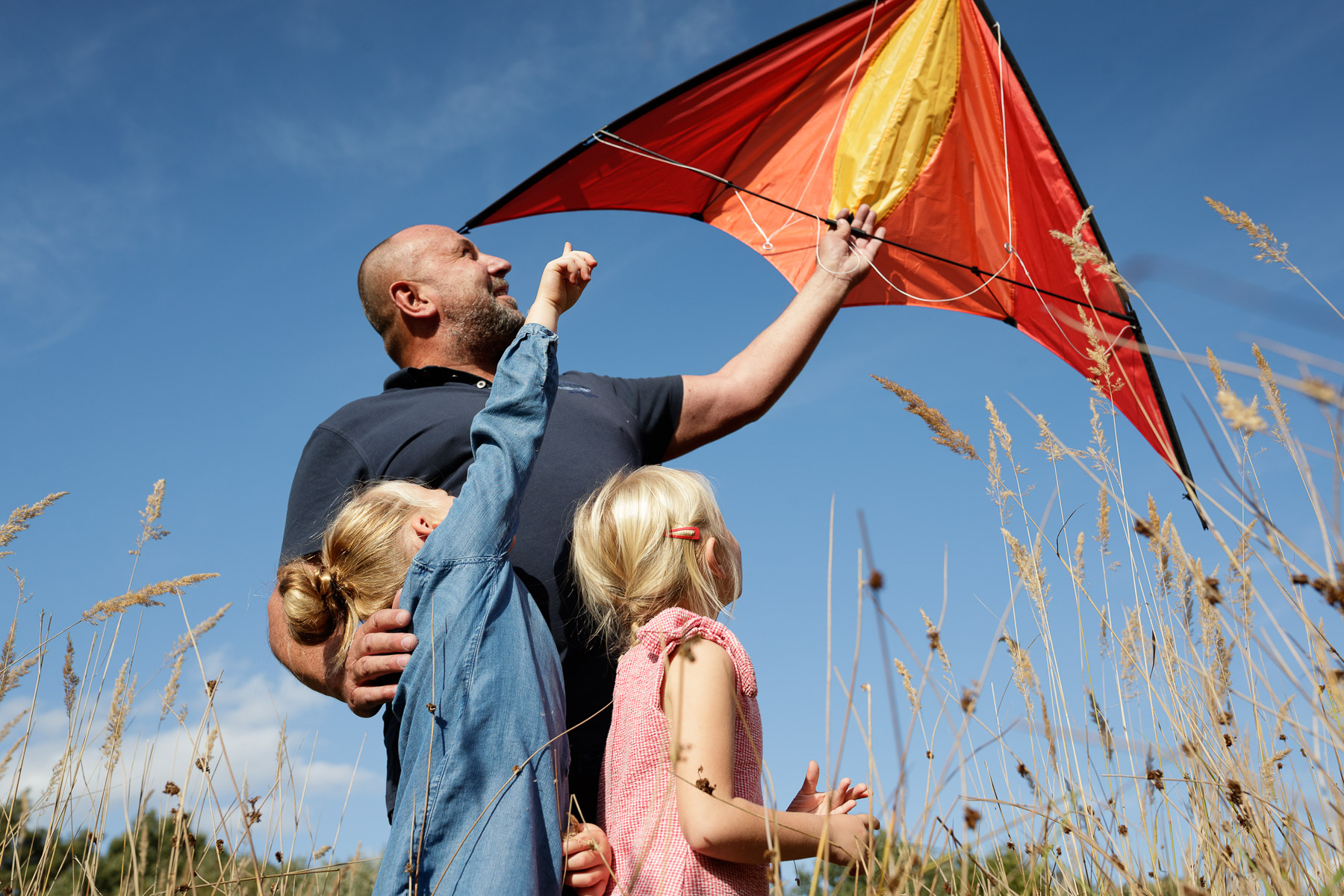
25 ha of natural landscape
A significant part of our land is managed by the Nature & Forest Agency, with a nature management plan that encourages biodiversity and heathland restoration. For example, we have created 25 hectares of natural landscape with publicly accessible footpaths. There are pools and ponds there with moor frogs and northern crested newts, and you can also admire Galloway cows and Peruska horses.
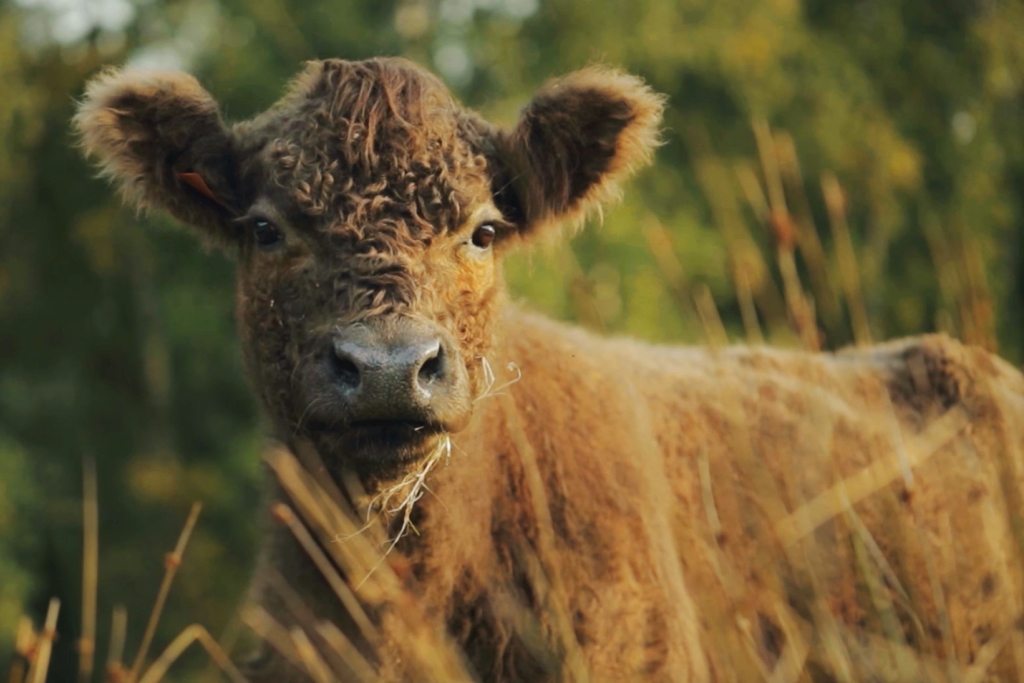
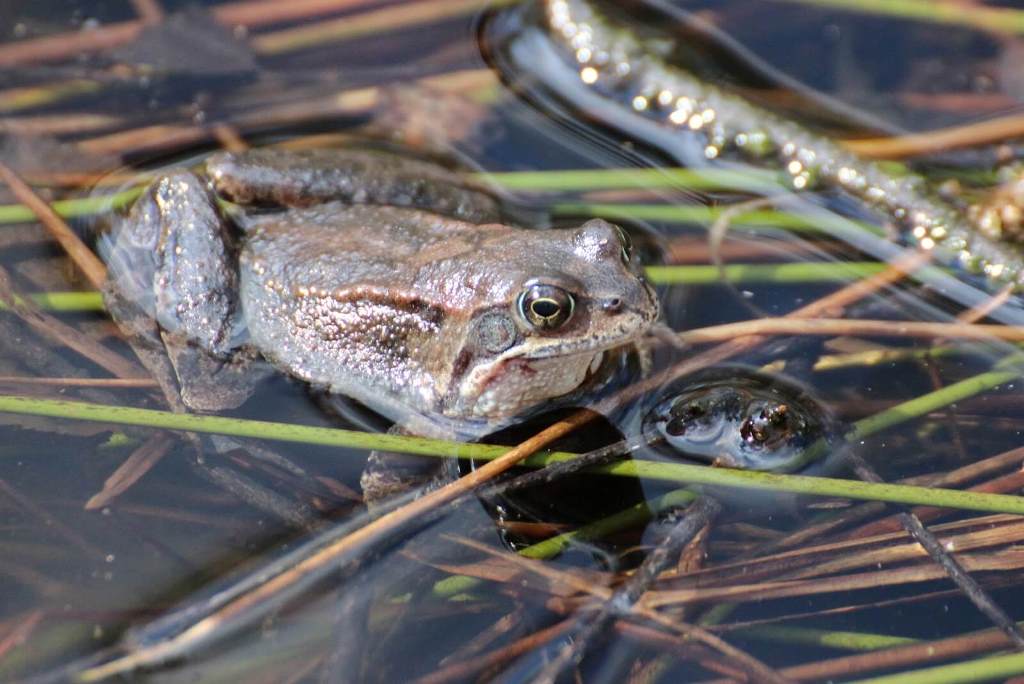
Bat hotel and fauna corridors
In 2018, in a joint project with VITO Hoogstraten , one of our empty drying sheds was converted into a bat hotel. Together with the Roads and Traffic Agency, we also ensure that frogs, deer and other species can cross the canal and surrounding roads safely via adapted corridors.
Breeding site for peregrine falcons
An old disused chimney on our site has been fitted with a nesting platform for peregrine falcons. Various professional partners, the Birds of Prey Conservation Fund (FIR) and the Nature and Forest Agencyjoined forces to make this project happen.
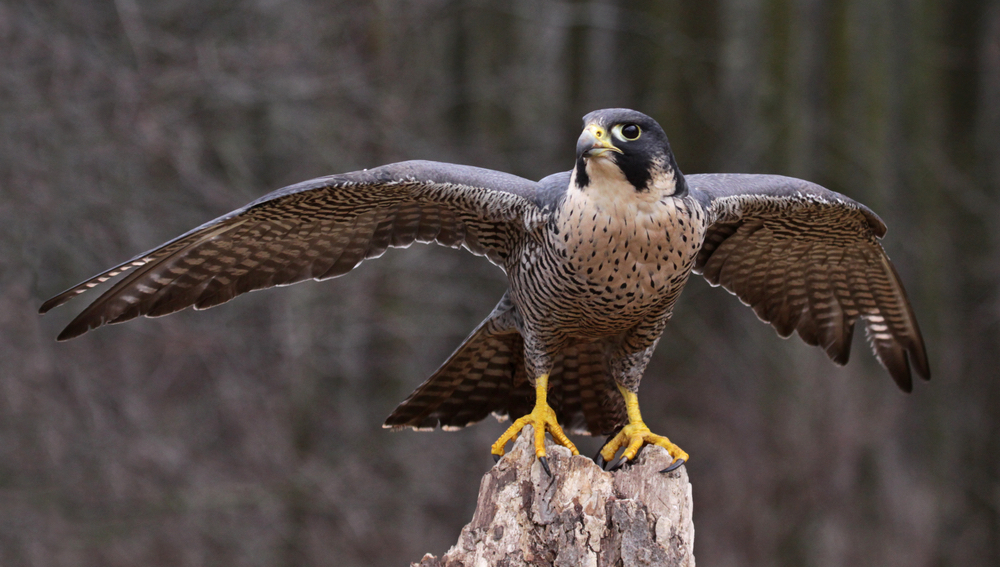
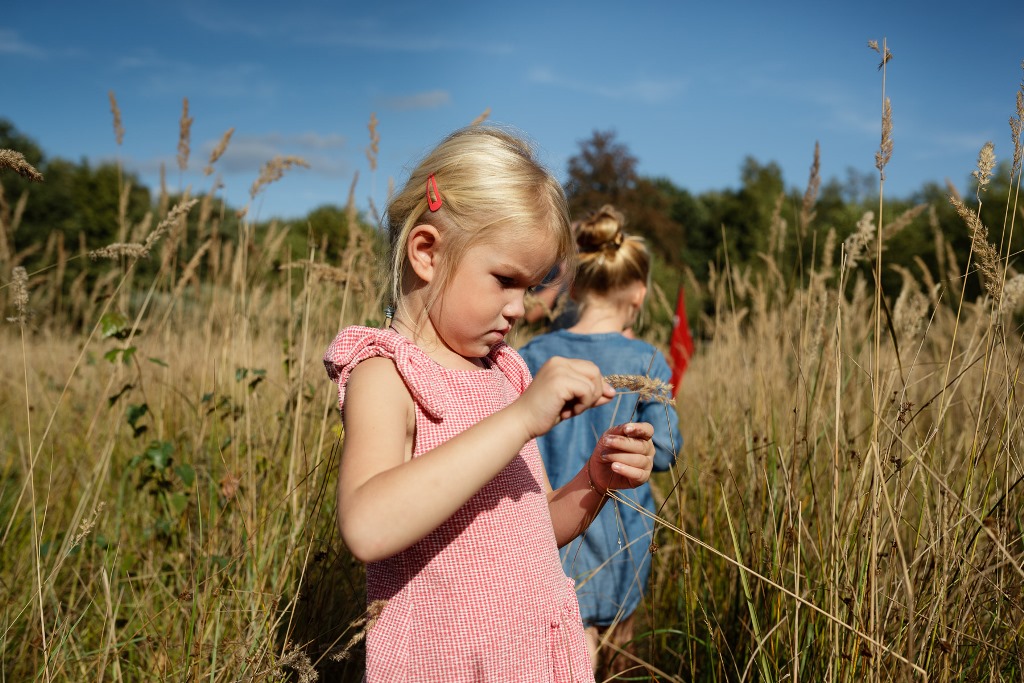
A carefully devised internal environmental policy
- integrated management system and ISO 14001:2015 environmental certificate
- promotion of environmental awareness among our employees
- compliance supervision by Safety, Health and Environmental (SHE) teams
